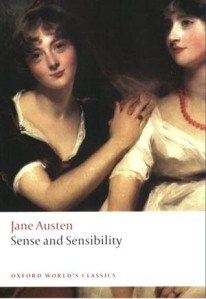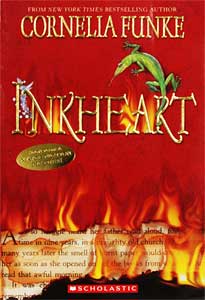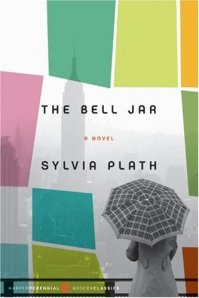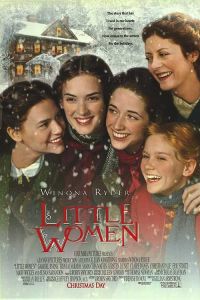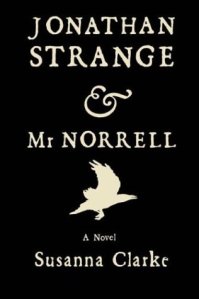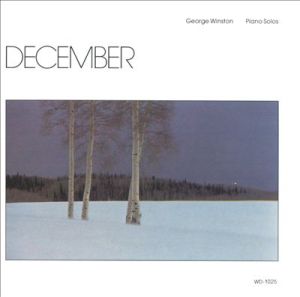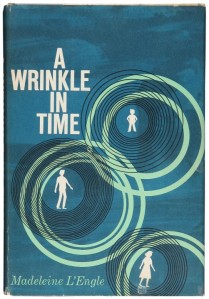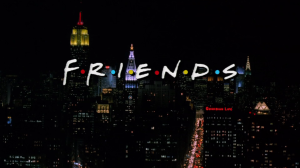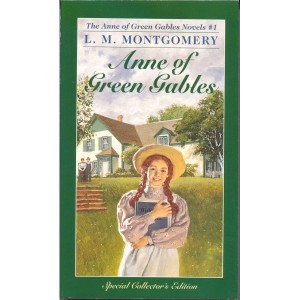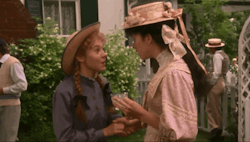This week, we continue a series of posts devoted to summertime entertainment, including delightful beach-reads, road-trip-friendly podcasts, splashy summer movies, and oh-so-binge-able tv, as Emily recommends the miniseries Jonathan Strange & Mr Norrell.
You know what would make Georgian/Regency-era British history even more awesome? Magicians. And also ghost ships and prophecies. Oh, and courtly dances held in fearsome faerie otherworlds. Basically, just all the fantasy/history mash-ups you can imagine.
I finally sat down this week and binged the first half of the BBC America miniseries of Jonathan Strange & Mr Norrell, and I am so excited about how good this show is. Seriously. I’m not sure that there’s anything more wonderful than a well-written, well-directed television show in which gentlemanly magicians fight in the Napoleonic Wars while fascinating ladies have run-ins with faeries of the genuinely disquieting, old-style-folklore sort. It’s moody, artistic, and awesome, and — capping off at only seven episodes — is the perfect sort of show to get invested in on a slow summer evening.
Jonathan Strange & Mr Norrell is the story of the return of magic to England. Taking place in an alternate-history version of the first decades of the nineteenth century, the show introduces us to a world in which magic has been gone from England for three hundred years. In the meantime, magicians have become stuffy Enlightenment folk who sit in salons and smoky bars and write papers discussing magic — rather than doing it. It’s all very complacent and a bit boring.
But then we meet two practical magicians: the fusty, bookish Mr Norrell, and his younger foil, the intuitive, ambitious, and perhaps rather arrogant, Jonathan Strange. When Mr Norrell comes to London and raises a woman from the dead — and Jonathan Strange comes to London and shows a remarkable connection to the power of English magic — magic is poised to return to England, alter the course of the Napoleonic Wars, and herald the return of the Raven King.
“We wish to know why magic has fallen from its once great state. We wish to know: Why is there no more magic done in England?”
So that’s all very serious and high-and-mighty and political. But among these clashes of kings and lords and emperors, is interwoven a story about the old faerie folk of England and their particular interest in (relatively) disenfranchised peoples on the outskirts of the political story. So there we get the stories of two wonderful ladies (one a variant on the nineteenth-century invalid type) and a person of color — thereby making this show a whole lot more diverse than one might expect a story of English politics in the Napoleonic Wars to be. The characters are intriguing and well-developed, and the story is just fab. Because faerie abductions make for good stories. And there is a character whose actual name is the Gentleman with Thistledown Hair. And the plot moves from a story about Lord Wellington at Waterloo to a good old fashioned ghost story about necromancy and faeries and madness and star-crossed love.
If you vaguely recognize the title of this show, chances are great that that’s because the book (by the wonderful Susanna Clarke) made a big splash when it was published just over a decade ago. (We’ve actually mentioned the book in a previous blog post.) I just adore the book, but the book has a particularly distinctive tone. It kind of sounds like what would happen if David Foster Wallace revised an unpublished Jane Austen manuscript detailing an after-dinner brandy shared by Charles Dickens, Neil Gaiman, and J.R.R. Tolkien. It’s charming, witty, erudite, satirical, and elegantly crafted, with strange asides and a fondness for footnotes. And while the narrative arc of the book is excellent, my affection for the book is tied inextricably to this removed, charming-but-occasionally-spooky, narrative voice. I was genuinely skeptical when the miniseries adaptation was first announced, because Clarke’s narrative voice is so distinctly literary — and not particularly televisual.
“It was an old fashioned house — the sort of house in fact, as Strange expressed it, which a lady in a novel might like to be persecuted in.”
But what’s been such a delight about watching the miniseries of Jonathan Strange & Mr Norrell is the way that the show has managed to adapt the feel of the book, without attempting to mimic the actual stylistic choices made by the book. Episodes are self-consciously labeled as chapters, and the first episode does have an impersonal narrative voice adding some commentary. But for the most part, the show doesn’t betray any huge anxiety about needing to ape Clarke’s novel. Instead, it makes use of the specific resources it has to hand — music, camera angles, editing, lighting, special effects, wonderful actors — to replicate that feeling of a nice period drama that has fallen into a cobwebby corner of an alternate reality.
Honestly, the reason that this tv show is so arresting is that it’s just extremely well-written. It condenses great swaths of a LONG novel into seven tidy hour-long episodes and — although I haven’t seen them all yet — it churns through plot without racing along or dropping any major threads for too long. It’s cleverly written, characterization is well done, and really: who doesn’t want to spend a slow evening in the fantasy version of the Napoleonic Wars??
So really. If you’re looking for more fantasy in your life — or more Napoleon — or more gentlemen with fantastic Georgian hairstyles and ladies in fantastic capital-R-“Romantic” gowns — please do check out my new favorite mini-series adaptation of the summer.
Jonathan Strange & Mr Norrell is currently airing on BBC America, and episodes are available for purchase on Amazon and iTunes. (Full disclosure: only the first four episodes are out yet in the US, so if you get hooked now, know that you’ll be crossing off the days in your calendar until each of the subsequent episodes are released.)
Happy Watching!





